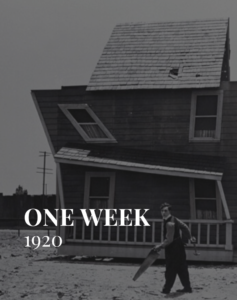
A newlywed couple tries to construct a house using a prefabricated kit, not realizing that a rival has tampered with the component numbering. "One Week" is a 1920 American silent comedy film, spanning two reels, and stars Buster Keaton in his first independent film production. Written and directed by Keaton and Edward F. Cline, the film has a runtime of 19 minutes and features Sybil Seely as a co-star. The movie is notable for its numerous inventive visual gags, primarily involving the house and ladders.
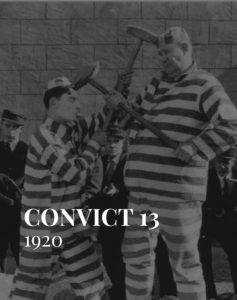
A young golfer is assaulted by an escaped convict and ends up in a prison where he thwarts a jailbreak. "Convict 13" is a 1920 silent comedy film featuring Buster Keaton, co-written and directed by Keaton and Edward F. Cline.
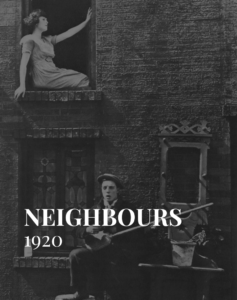
A young couple, living in adjacent tenement apartments, strive to be together despite their feuding families. "Neighbours" is a silent comedy from 1920, co-written, co-directed by, and starring Buster Keaton. It presents a modern-day "Romeo and Juliet" scenario, where Buster and Virginia's families despise each other, separated only by a fence between their buildings.
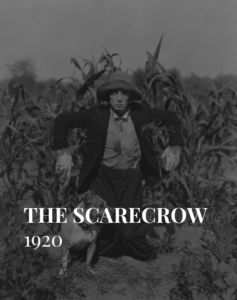
Farmhands Keaton and Roberts live together in a cottage equipped with various gadgets designed to simplify their daily tasks. Both are competing for the affection of the farmer's daughter. Disguised as a scarecrow, Keaton inadvertently creates problems for both his rival and the farmer. In a mix-up, when Keaton bends down to tie his shoe, the girl misinterprets the action as a marriage proposal and accepts.
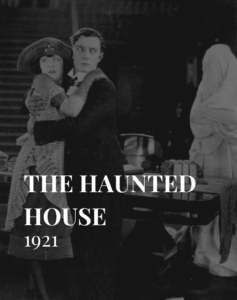
A bank clerk finds himself in a seemingly haunted house that turns out to be a hideout for thieves. Buster, the bank clerk, gets glue all over himself and the money, causing everything to stick together. When robbers appear, he can't raise his hands because they're stuck in his pockets. The robbers' hideout is cleverly designed to appear haunted and scare away the police. *The Haunted House* is a 1921 American two-reel silent comedy film starring Buster Keaton, written and directed by Keaton and Edward F. Cline.
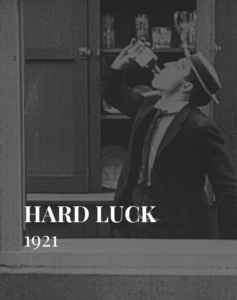
Buster, who, after various failed attempts at suicide, ends up getting drunk and landing a job at a sporting club. He must quickly learn fishing, hunting, and riding to promote the club. This film, running 22 minutes, was considered Keaton's only major lost work for sixty years. In 1987, it was partially reconstructed, though the critical final scene, which Keaton claimed was the greatest laugh-getting scene of his career, was still missing. Fortunately, this missing scene was later discovered in a Russian archive print, allowing the full film to be restored and available for viewing.
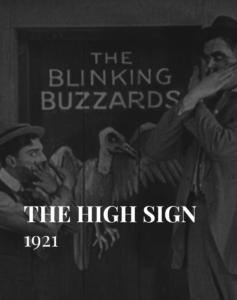
A wanderer at a carnival unexpectedly becomes both the protector and assassin of a man marked by a criminal syndicate. "The High Sign" is a 1921 silent comedy film featuring Buster Keaton, written and directed by Keaton and Edward F. Cline. Lasting 21 minutes, it was actually Keaton's first independent film, although "One Week" (1920) was released first. Initially dissatisfied with the outcome, Keaton delayed the release until the following year. The title alludes to the covert hand signal employed by the film's underworld gang.
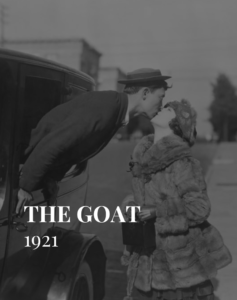
After missing out on a loaf of bread, unlucky Buster finds himself chased by three policemen. Things get worse when a mistake during Dead Shot Dan's mug shot puts a price on Buster's head instead. Now, with "Dead or Alive" posters all over town, Buster takes refuge in the home of the kind and beautiful Virginia, only to encounter his biggest fear. Will Buster ever clear his name?
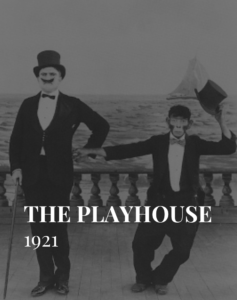
After waking up from a bizarre dream, a theater stagehand unintentionally creates chaos wherever he works. "The Playhouse" is a 1921 American two-reel silent comedy film written, directed by, and starring Buster Keaton. Running for 22 minutes, it is best known for its opening sequence in which Keaton plays every role.
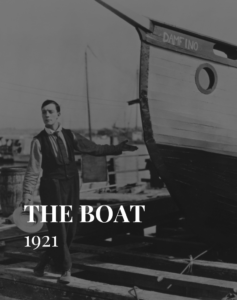
Buster and his family set out on a trip in his homemade boat, but it turns into one disaster after another. "The Boat" is a 1921 American silent comedy short film, written, directed by, and starring Buster Keaton. Reviews from the time consider it one of his best shorts, along with "One Week" (1920), "The Playhouse" (1921), and "Cops" (1922). The film is now in the public domain.
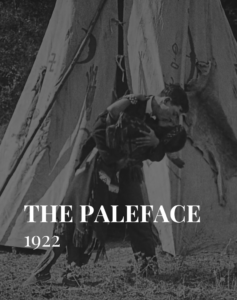
Buster aids a Native American tribe in protecting their land from avaricious oil barons. In the film "The Paleface" (1922), malicious oil barons give the tribe just one day to vacate their land. The Indian chief instructs his warriors to kill the first white man they encounter. Buster appears while chasing a butterfly. Later, he continuously shifts the stake to which he is tied and at which he is meant to be burned. Eventually, he becomes part of the tribe and assists them in their struggle.
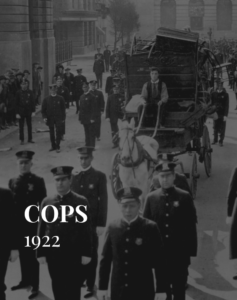
A series of accidents leads a young man to be pursued by the entire police force of a big city. "Cops" is a 1922 American two-reel silent comedy film featuring Buster Keaton as a young man who inadvertently incurs the wrath of the entire Los Angeles Police Department during a parade and is chased all over town.













